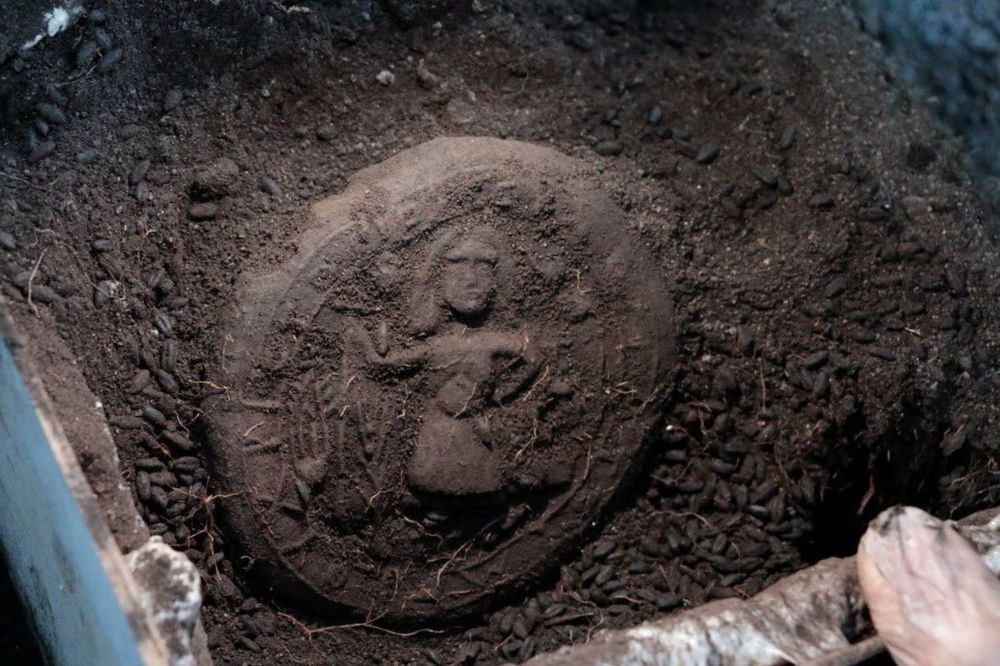Scott McDonough
@sjmcdonough.bsky.social
1K followers
340 following
890 posts
Historian of the late ancient world: Sasanian Iran, the Caucasus, and the Eastern Roman Empire. Professor at William Paterson University. I like cats, photography, and sweet cabbage pierogi.
Posts
Media
Videos
Starter Packs
Reposted by Scott McDonough
Reposted by Scott McDonough





















